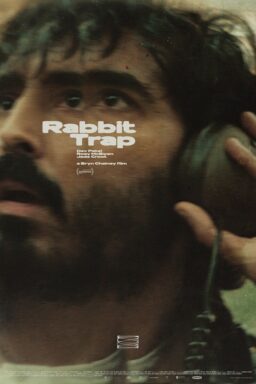When I moved to Chicago in 1966, the Loop was the center of moviegoing in Chicago, and all the big first-run movies opened downtown before going “outlying” two or three weeks later. Today, there is exactly one movie theater in the Loop: the Gene Siskel Film Center, run by the School of the Art Institute. There are, of course, the AMC River Plaza and Loews 600 N. Michigan multiplexes, and Burnham Plaza at 826 S. Wabash, but technically they’re not in the Loop.
Just for the sake of nostalgia, let me name the theaters I remember: the Chicago, State-Lake, Oriental, Roosevelt, United Artists, Woods, McVickers, Clark, Monroe, Michael Todd, Cinestage, World Playhouse, Loop, Bismarck Palace and, oh, a place called the Shangri-La that materialized out of a Chinese restaurant, showed some porn and disappeared.
Those great movie palaces were already dying by the time I began to attend them. With as many as 2,500 seats, they were too expensive to heat and operate for audiences that, except on a few weekend nights, numbered in the hundreds or even the dozens. Within a few years, they were dead, or dying, or torn down. “Downtown” as an entertainment idea was being replaced by the multiplex model, where the same staff of projectionists and service employees served a dozen screens instead of one.
The World Playhouse subdivided into three or four screens and survived for a while as the Fine Arts. The Studebaker morphed from a legit house into art movies, and then shuttered. The Woods, Roosevelt, Monroe, McVickers and United Artists were torn down. So was the beloved Clark, which showed a different double feature every day, 23 hours a day (closing one hour for cleaning). The State-Lake building was purchased by ABC, and the vast theater was cut up into TV studios.
For a time, the empty hulks of the surviving theaters stood empty, as a rebuke to our unfaithfulness. Then, the three most glorious houses were, miraculously, refurnished and reopened: The Chicago, the Oriental and the Palace are as magnificent today as the day they opened and have varying degrees of success with musicals and concerts. The facades of the Todd and the Cinestage — earlier known as the Selwyn and the Harris — were preserved as part of the new Goodman Theatre. You might not realize it, but the Loop Theater is still there, an empty ghostly space inside the building on the northeast corner of State and Randolph.
Downtown has been reborn.
If the Loop is dead as a center of moviegoing, certainly it is more vibrant and alive today in every other way than it was 40 years ago. It passed through a period of alarming creeping shabbiness and empty storefronts, and then downtown was reborn as a retail and entertainment center and, amazingly, a place where more than 80,000 people live. I wonder if sometimes they wish they could pop out for a movie.
What they can do is attend theater. Both the New York Times and the Wall Street Journal this year called Chicago “America’s best theater town,” and John Malkovich famously explained why: “To have great theater, you have to have starving actors, and New York has become too expensive to starve in.” The Goodman is one of the nation’s great theaters, the Chicago Shakespeare Theater is a quick shuttle bus ride from downtown to Navy Pier. And, although the Steppenwolf, Victory Gardens and the other great theaters are not downtown, you can get there in minutes on the L.
Sidewalks are jammed.
I remember when downtown was deserted on weekends.
Now, the sidewalks are jammed. Millennium Park is a draw to rival the Magnificent Mile, and the banks of the Chicago River have been converted into great urban walks. The South Loop is a college town, with thousands of students living and studying at Roosevelt, DePaul, Columbia, the School of the Art Institute and half a dozen other institutions.
It says a lot about the central city that, on weekend evenings, there are traffic jams on the expressways: inbound, not outbound.











